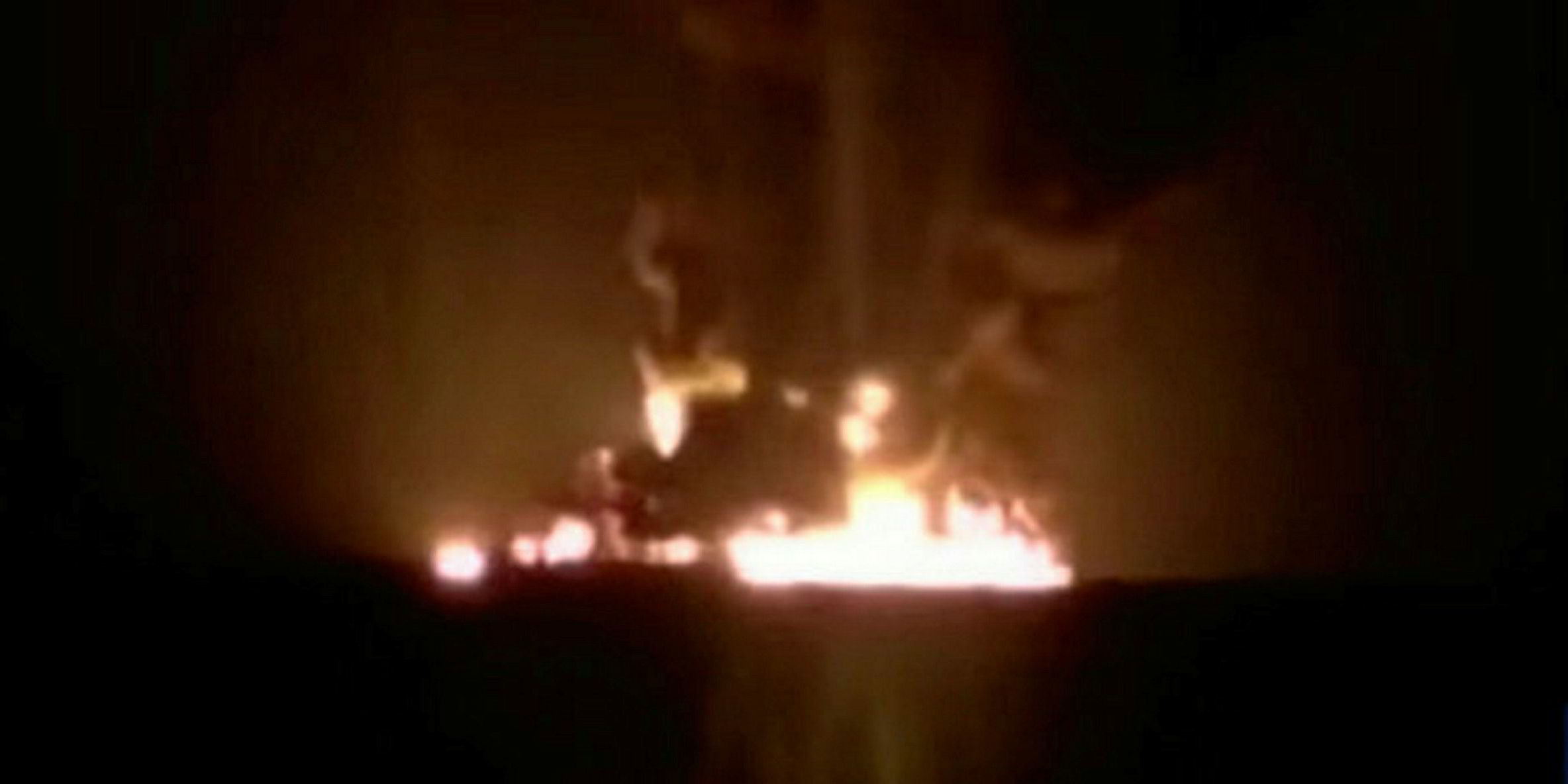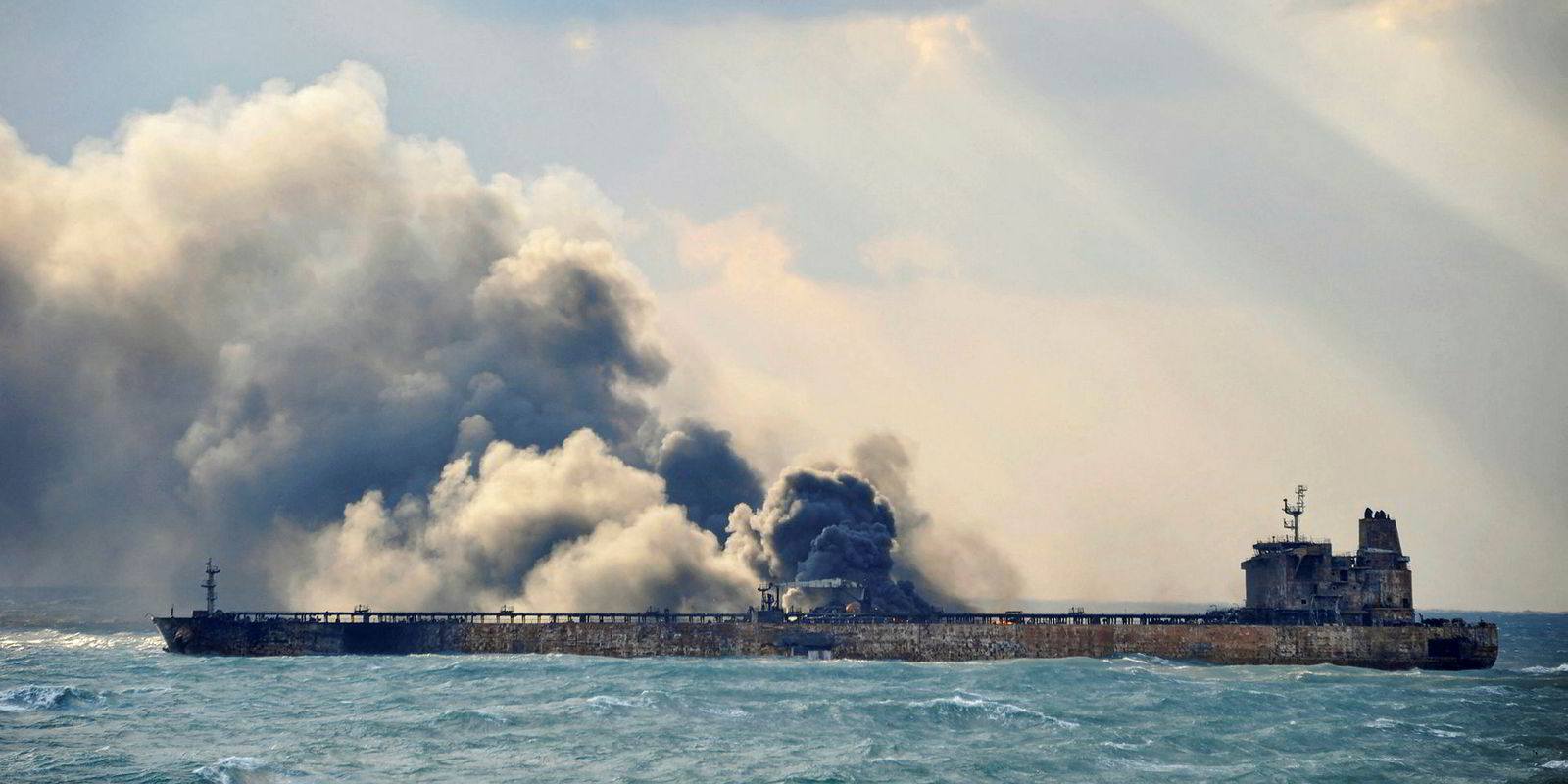Flag state accident investigators have begun piecing together how the CF Crystal collided with the Sanchi in the East China Sea, leaving 31 seafarers missing and causing a major oil spill.
The 75,000-dwt bulker CF Crystal (built 2011) was registered in Hong Kong and the 164,000-dwt tanker Sanchi (built 2008) in Panama.
The clearest evidence of whether either ship deviated from collision avoidance regulations (Colregs) will come from detailed data on the vessels' course recorded in each ship's voyage data recorder (VDR).
- It has become clear that, tragically, the highly volatile nature of the Sanchi’s 160,000-tonne cargo of condensate with a low flash point is likely to have caused the massive explosion that followed the collision and led to the fire
- However, that same volatility has meant that most of the cargo has burned or evaporated, limiting its environmental impact
- But a pollution threat still remains from the bunkers onboard the Sanchi
While Hong Kong investigators should be able to retrieve the VDR from the CF Crystal, which was barely damaged, the Sanchi's is unlikely to be recovered with data intact because of the intensity of the blaze. Also, VDR data needs to be backed up, which is unlikely to have happened after the huge explosion.
Although the cargo fire had subdued, emergency responders were still unable to board the vessel by the TradeWinds' deadline.
The importance of the Sanchi's "black box" has increased because there is insufficient Automatic Identification System (AIS) data to give a detailed representation of the vessels' course.
Both ships appear to have been transmitting to satellite AIS systems at the time, which left them prone to black out.
One AIS provider explained to TradeWinds: “Too many ships in the range jam each other. AIS transmitters are OK with the short-distance receivers, like terrestrial antennas, but do not always work with the satellites which are way higher and thus getting signals from too many ships. This is a limitation of the AIS technology rather than ships maliciously switching off AIS.”
AIS was originally introduced as a collision avoidance technology for nearshore operations. Although both ships were at sea when they collided, investigators are also likely to look at whether AIS transmission problems played a part in this incident.
The Sanchi was carrying Iranian condensate to South Korea and the CF Crystal was loaded with US grain for China when the ships collided 160 nautical miles off its east coast.
Crew testimony will also play a critical part in uncovering the cause of the collision. However, it is unlikely there will be any survivors from the Sanchi.




